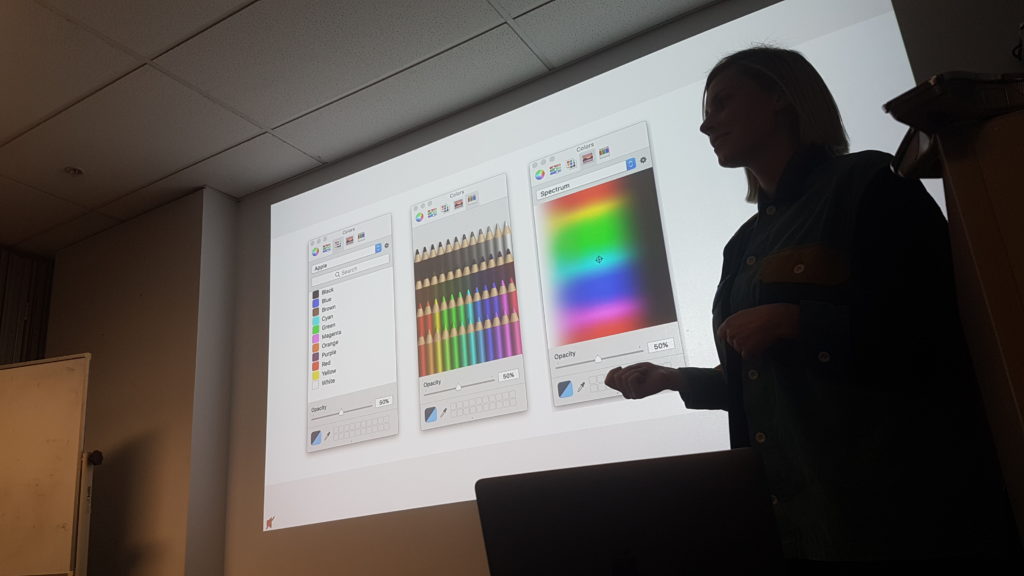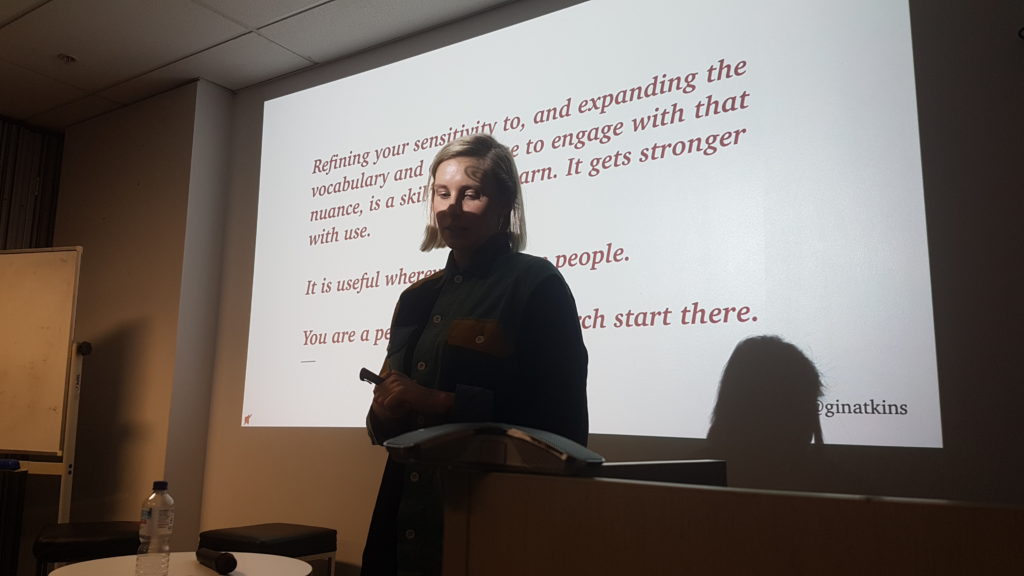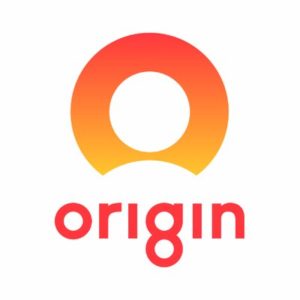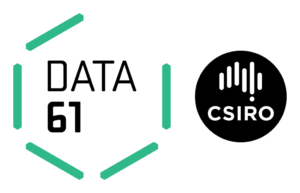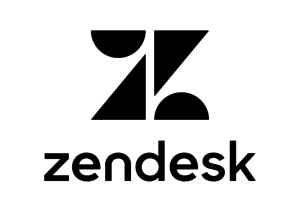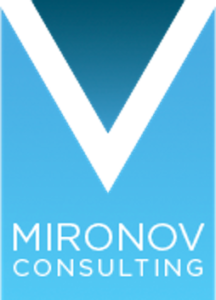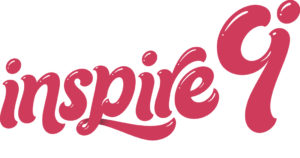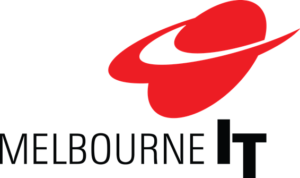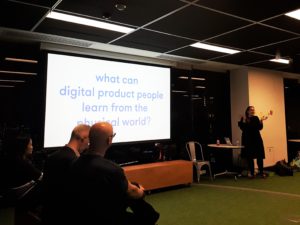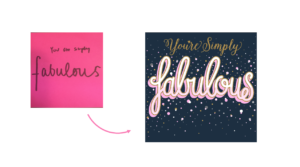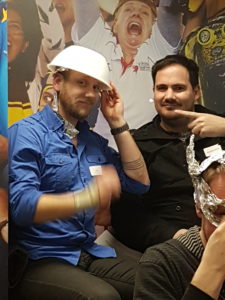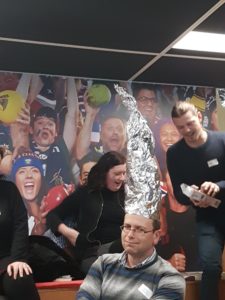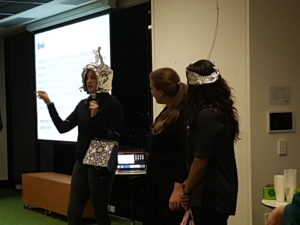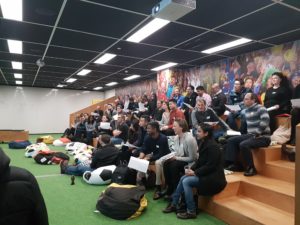What’s it like to start a company & then bring in a product manager? How do you know when the time is right?
We gathered 3 founders to talk about sharing their baby along with 1 product manager who’s the 1st PM at a startup to facilitate!
Our panel was Danielle Bodinnar, CEO of Karista, Rod Hamilton, founder & VP of Product at Culture Amp, Linus Chang, founder of 2 software companies (Backup Assist & Scram Software) and our facilitator,George Tsigounis, from A Cloud Guru.
Trust came up very early in our discussion. For CultureAmp, trust is part of their company values and differences of opinion is a good thing. When you challenge things, it’s from a good place. Karista has 1 product person & Danielle was super impressed by the research and prep the PM did before their 1st meeting – which quickly earned her trust. Linus talked about the differences people have in the way they think of earning trust. Some people start from a place of trust while others need to build it up.
When did they realise they needed a product manager?
Rod went to the rest of the founders & said he needed to start hiring because he was getting slammed. Some of the other teams at Culture Amp, including technology, had scaled up previously so it wasn’t a surprise when he came to the realisation. Danielle brought on the 1st PM shortly after launch. As a solo founder, she needed someone she could hand stuff over to and know it will be done.
Most of what you release at launch will be wrong. What matters is how quickly you can iterate to get it right. – @rodjhamilton #prodanon
— Daniel Kinal (@dktpm) November 22, 2018
Why are product managers needed?
Danielle laughingly said she doesn’t know what a product manager does (as in what the job description should include) but she knows the only product manager at Karista gets stuff done!
One of the reasons Linus realised they needed a product manager was no one was paying attention to trends of the market & what opportunities were out there. They had a product owner who was internally focused & worked closely with the dev team but only he & his business partner ever talked to customers. He sees the product manager as being visionary as in really knowing customer needs, not just what the customer says they need.
The ‘special’ deals
Startups often have the ‘special’. That thing(or multiple things!) that was built for the 1 customer so the business can get the revenue or a specific client or (insert reason). It’s completely sales led, isn’t validated as a customer need and often ends up with code that says ‘if customer X, do this’. Saying yes to a special for 1 customer is saying no to all the others so if you’re going to do this, you need to put it in context – communicate clearly with the team why you’re doing this.
Later Rod reminded us that it’s the product manager role to ‘win the market not the client’ & quoted Gibson Biddle’s definition where our job is to delight customers, in margin-enhancing, hard-to-copy ways (from Gibson’s Leading the Product talk )
Scaling the product team
Beyond the 1st PM, you will need to scale your own team. Culture Amp now has ~ 9 product people and is continuing to grow. They are creating product rituals like a Monday catchup to review the week’s goals and one on Friday for the team to talk about what went well/not well during the week (a bit of a therapy session).
Now that there are several PMs & Rod isn’t involved at the same level as previously, he sometimes wonders why X was prioritised and knows he would have done X differently but has to let go of those decisions. The team has built trust amongst themselves so when Rod does challenge something – it’s a positive thing & discussion to follow.
Rod from @CultureAmp talking about the weirdness of sometimes not seeing a feature til launch (as a founder) and making sure his folks know him asking about a decision is a good thing. #prodanon
— product anonymous (@product_anon) November 22, 2018
Lastly, a few tips for startup product people from the founders: (which apply to all product, not just startup!)
- Don’t just talk to existing clients, know the potentials too
- You need to constantly be in touch with customers
- Don’t assume growth is not your job
- Be commercially minded
Thank you to Culture Amp for hosting!!!


